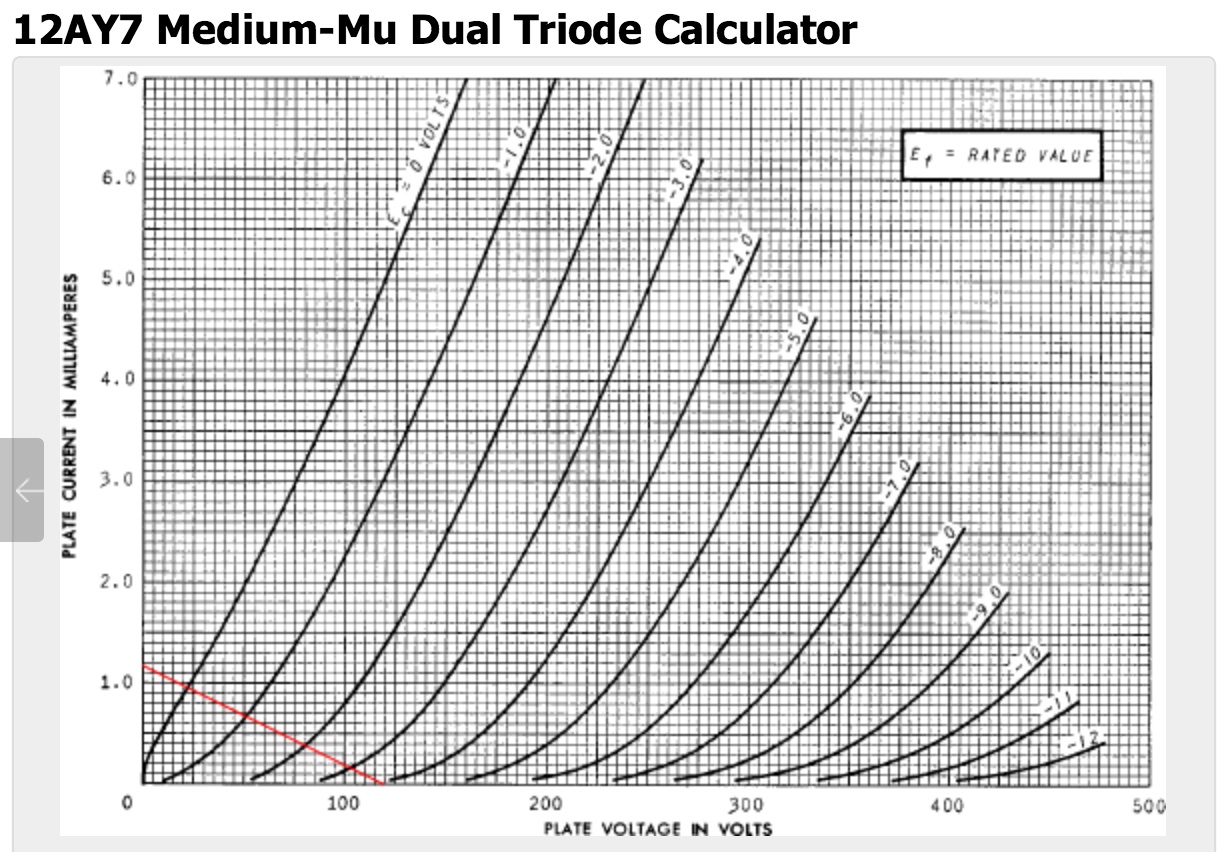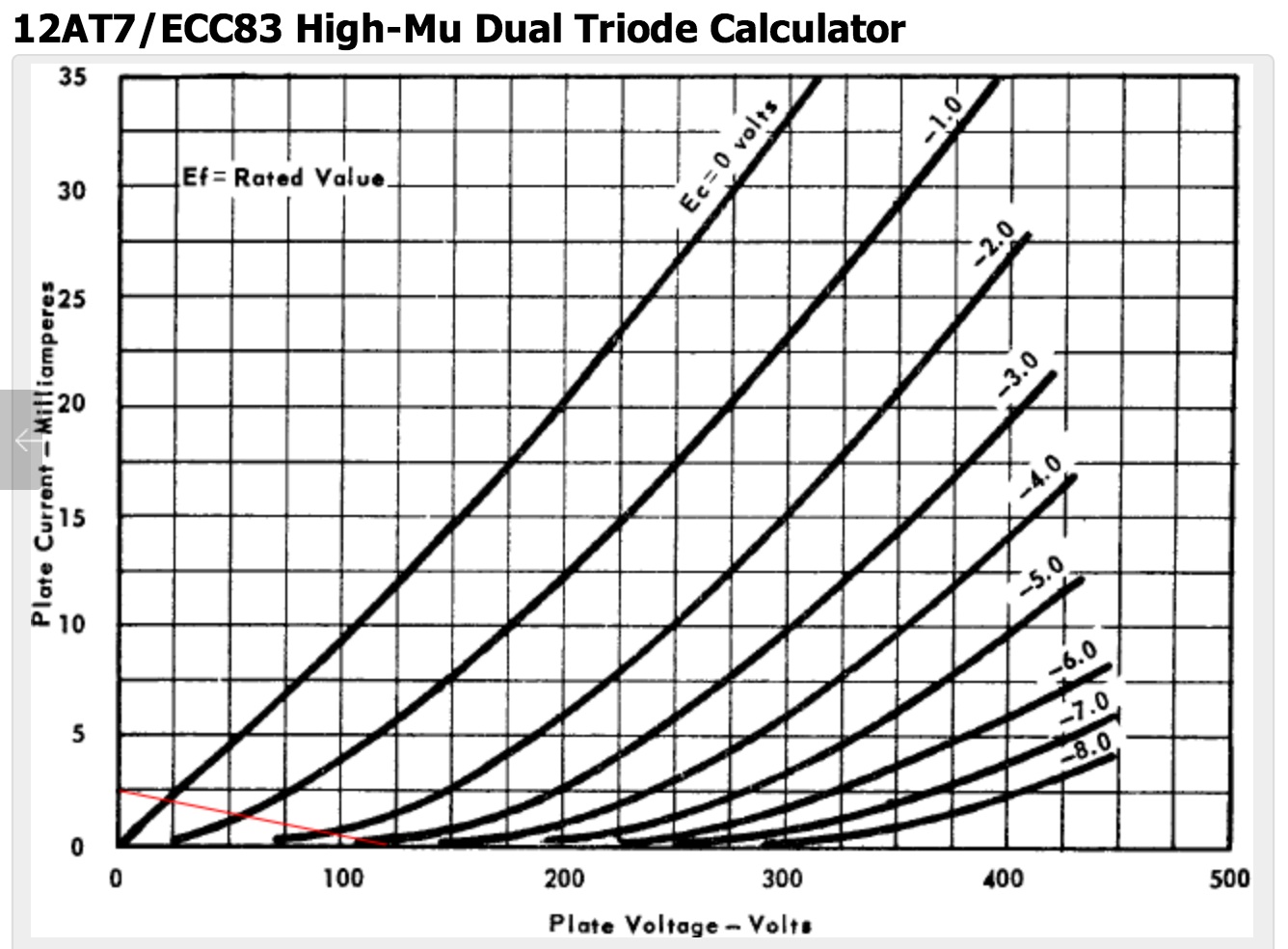chunger
Well-known member
Both PSU types will continue to be available.
I will make head-to-head recordings to validate the new PSU. FWIW, there are differences between our PSU and the original circuit. Ours is full wave rectified. The original was half wave rectified. Reasonable improvements were made but the overall scheme retained.
The reason we are moving forward with the fully regulated PSU is about 90% of the build problems encountered so far relate to the passive B+ section of the PSU and, there should be much more adjustment range in the new setup for experimenting with different tubes, etc. If Matador was not confident that he could design a system that is as clean or cleaner than the current passive B+, I don't think he would move forward with the design.
If the new fully regulated PSU design proves on the bench and in the studio to perform as good or better than the passive setup, I will encourage less experienced DIY people to build the new one to reduce the chance of build failure. Again, both will continue to be available. Nothing is being phased out.
I will make head-to-head recordings to validate the new PSU. FWIW, there are differences between our PSU and the original circuit. Ours is full wave rectified. The original was half wave rectified. Reasonable improvements were made but the overall scheme retained.
The reason we are moving forward with the fully regulated PSU is about 90% of the build problems encountered so far relate to the passive B+ section of the PSU and, there should be much more adjustment range in the new setup for experimenting with different tubes, etc. If Matador was not confident that he could design a system that is as clean or cleaner than the current passive B+, I don't think he would move forward with the design.
If the new fully regulated PSU design proves on the bench and in the studio to perform as good or better than the passive setup, I will encourage less experienced DIY people to build the new one to reduce the chance of build failure. Again, both will continue to be available. Nothing is being phased out.



































